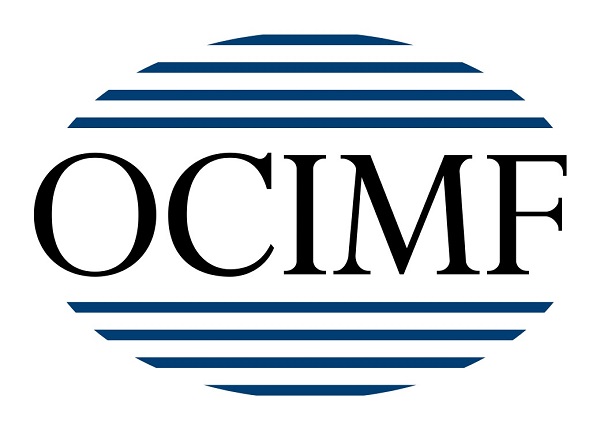At any one time there are about 10,000 passenger airplanes in the sky, yet they all take off and land on time (well, mostly).
So, when you take your next flight, think about how you will be herded onto your plane, hopefully with your suitcase in the hold, and off you go, oblivious to the fact that punctuality in flights is significantly better than it used to be.
This is partly thanks to airports being able to share status updates and have the opportunity to adapt accordingly, and is what collaborative decision making is all about, and it is what is needed in shipping, especially if the industry wants to take efficiency seriously.
The argument is simple. Efficiency is not only about fuel savings on a single vessel. Efficiency is about looking at the whole logistics and transport chain and making the links in that chain best suited for each other. And for that you need to look at the links. The links, like the airline industry, are the ports – the airports or seaports – and the terminals.
Work on building collaborative decision making in and between ports has been evolving in recent years under the European-funded Sea Traffic Management validation project, and it is now coming of age.
Port CDM is about looking at the total port visit, identifying the various stages and interactions that a vessel has with different organisations such as terminals, pilots, tugs and other traffic, and then building up efficiency.
Step one for this is to encourage communication and understanding, hence the recently announced work on standards at IALA, and then ensuring this communication is as automated and clear as possible.
In recent months Fathom World has been working with the experts behind Port CDM to publish explanatory Concept Notes that outline the evolution of this concept, with the last one raising the question about working with charter parties.
It is a long-standing question. Why force a ship’s master to sail at an uneconomical high speed just to meet an archaic clause, only for the ship to remain at anchor until the berth, pilots, tugs, customs or stevedores are all free.
Port CDM raises the ability to have all these actors and others including hinterland operators, ship manager, harbour authorities and VTS to have a clear picture of vessel arrivals, amend accordingly, and to keep on doing so repeatedly.
So now ports, commercial and technical managers and operators, pilots, terminal managers can enhance their own efficiency and each other’s at the same time.
It just needs trust, and a way to repeatedly, automatically and routinely share the time stamps and data needed to plan.
The success of Port CDM relies on the message being spread about its value, and about hear from the ports that have been trialling it, and understanding from them the benefits.
This is why we are running our July 3rd SmartTALK webinar in a drive to raise understanding about Port CDM, its objectives and what each of the actors can gain from using the tools it is creating.
If you are a ship operator, terminal operator, a pilot or harbour master, f you work in VTS or commercial or technical operations, or if you are just interested in how all the actors in the shipping industry can jointly work on industry efficiency, then join us.
You do not need to book a flight to come to the webinar, nor do you need to buy a ticket.
You just need to pre-register and then sit down in front of your computer for an hour, with a cup of coffee perhaps, to gain some understanding about a real solution for collaborative efficiencies in the shipping and maritime sectors.
Log on to our interactive virtual environment and gain insight to Port CDM.


































